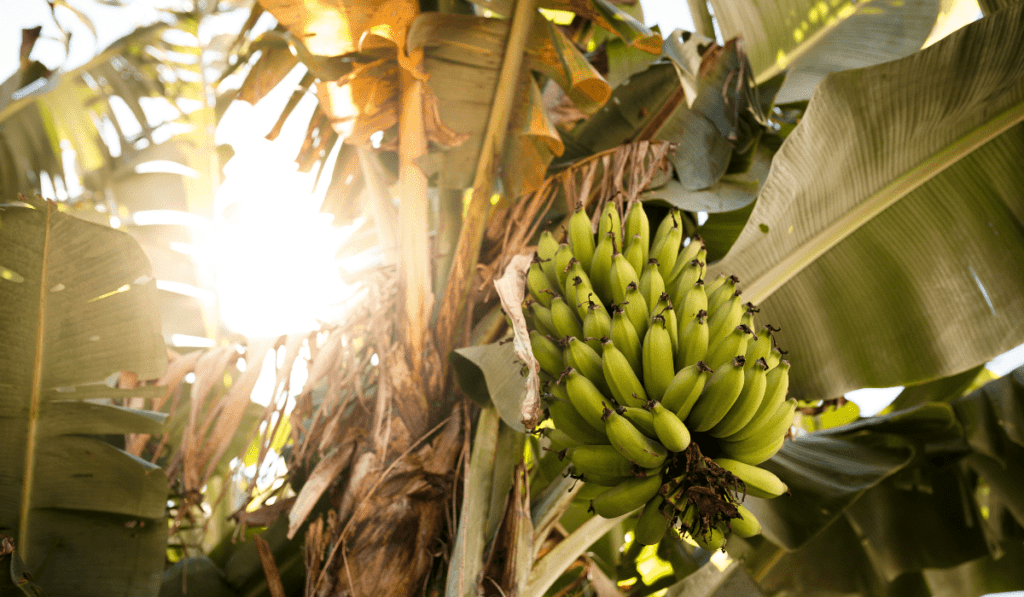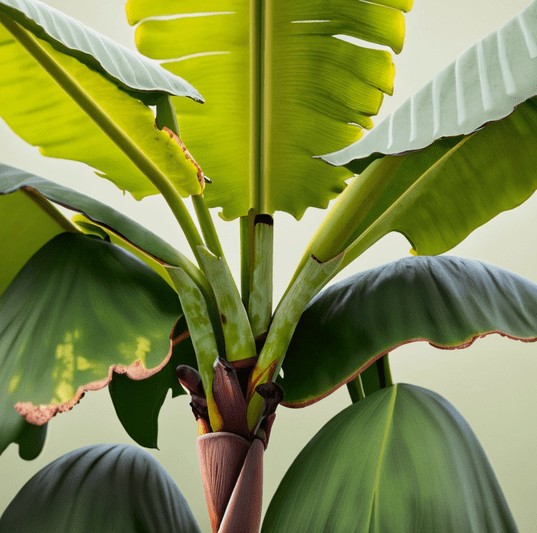Planting a banana tree requires specific conditions to ensure its healthy growth and fruit production. While banana trees are primarily associated with tropical regions, they can be cultivated in various climates with some adaptations. Let’s explore the best places to plant a banana tree and the key factors to consider for successful cultivation.
Understanding Banana Trees
Banana Varieties: There are different banana varieties, with the most common being the Cavendish banana. Understanding the specific variety you’re planting is essential as some may have different preferences.
Growth Habit: Banana plants are large herbaceous plants, not trees, and can grow up to 20 feet or more in height.
Climate Preferences: Banana trees thrive in tropical and subtropical climates, requiring warm temperatures year-round. They are sensitive to frost and cold weather.
Best Places to Plant a Banana Tree
- Tropical Regions: The best place to plant a banana tree is in tropical regions with a consistently warm and humid climate. These regions include parts of Central and South America, Southeast Asia, Africa, and tropical islands. In these areas, banana trees can grow year-round and produce fruit regularly.
- Subtropical Regions: In subtropical regions with mild winters, banana cultivation is possible. Areas like Southern Florida, Southern Texas, and parts of Southern California offer suitable conditions for banana trees. Winter temperatures should stay above freezing for successful cultivation.
- Greenhouses: In colder climates, banana trees can be grown in greenhouses or indoor environments. Greenhouses provide the necessary warmth and protection from frost during colder months, allowing banana trees to thrive.
Key Factors for Successful Banana Cultivation
Sunlight: Banana trees require full sunlight, preferably at least 6 hours of direct sunlight per day. Plant them in a location where they receive ample sunlight.
Soil: Well-draining, fertile soil is crucial for banana trees. They prefer slightly acidic soil with good organic matter content. Soil preparation is essential before planting.
Watering: Banana trees need regular and consistent watering to keep the soil moist. However, they are also susceptible to root rot, so proper drainage is vital.
Wind Protection: Banana plants have large, tender leaves that can be damaged by strong winds. Plant them in a location with some wind protection, or provide artificial windbreaks.
Spacing: Give banana trees enough space to grow. Plant them at least 8-10 feet apart to allow for proper growth and air circulation.
Fertilization: Banana trees are heavy feeders and benefit from regular fertilization with a balanced fertilizer to ensure healthy growth and fruit production.
Conclusion
The best place to plant a banana tree depends on the climate of your region. In tropical and subtropical areas with warm temperatures and protection from frost, banana trees can thrive outdoors. In colder climates, greenhouses or indoor cultivation can provide suitable conditions. Understanding the specific needs of banana trees and providing the right environment will help you enjoy homegrown bananas, no matter where you live.



